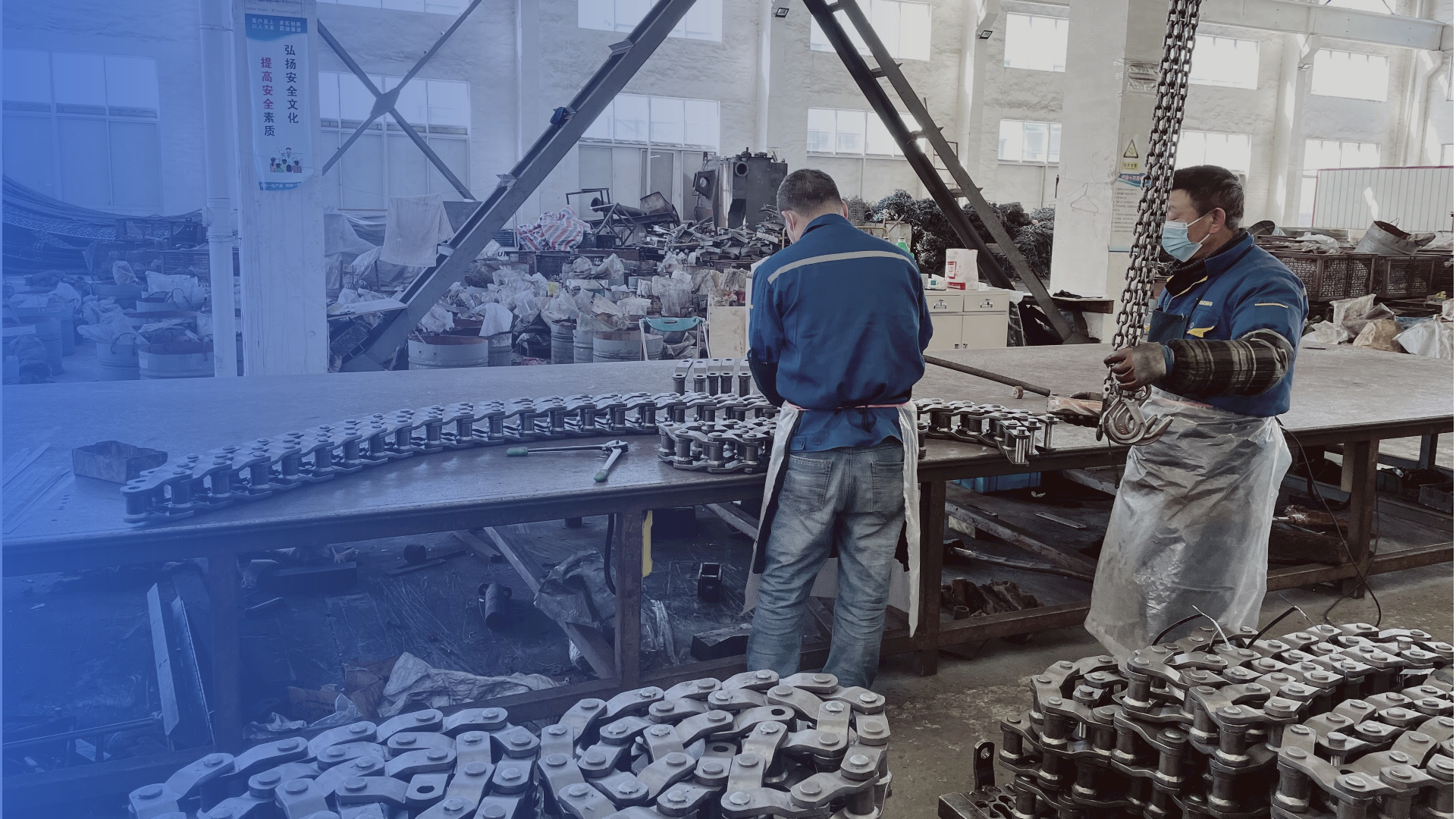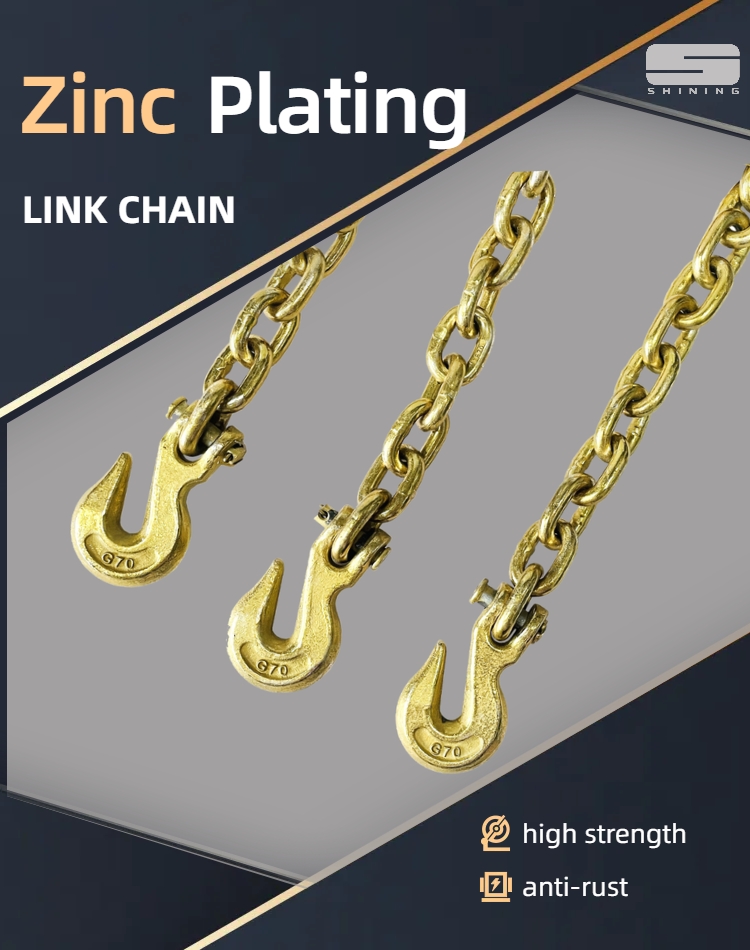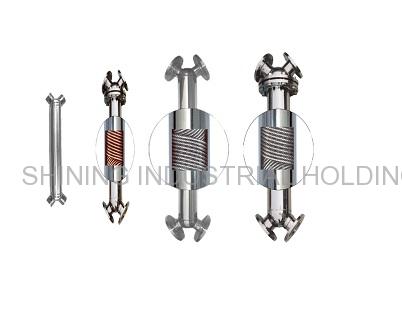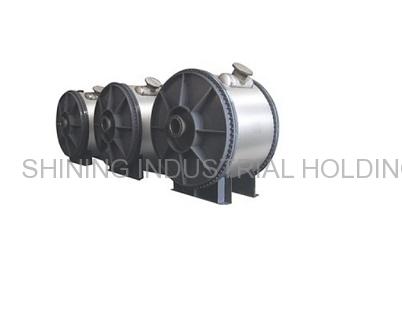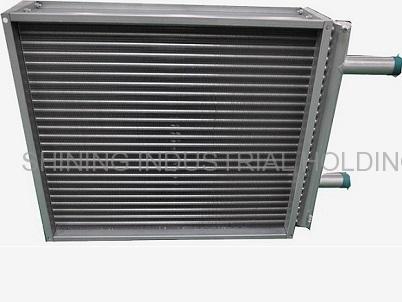Finned tubing heat exchanger
 Jan 15, 2024|
Jan 15, 2024| View:99
View:99A heat exchanger is used to transfer heat between two fluids, common heat exchangers are pipe heat exchanger, plate heat exchanger, shell and tube heat exchanger, etc. Heat exchangers are mainly applied in spacing heating, air conditioning, chemical plants, and sewage treatment, etc.
A finned tubing heat exchanger contains a series of shaped finned tubes to transfer heat. Finned tubing heat exchangers are serviced in air heating in dry systems. The fluids in the heat exchangers may be liquids or gases, they flow on either side of tubes without mixing. The heat medium can be steam, hot water, or thermal oil. Manufacturers arrange the finned tubes in a way that maximizes the surface area for heat transfer. This type of design is effective in applications where heat exchangers need to be maximized within a limited space.
In finned tubing heat exchangers, basic tube materials can be steel, stainless or copper. Fins can choose stainless steel, copper or aluminium. Finned tubing heat exchangers adopt mechanical winding, the contact surface between the cooling fins and heat tubes becomes large and tight. When steam or hot water flows through tubes, the heat will pass through tubes then the fins to heat or cool the air. These heat exchangers have great heat transfer performance and low air resistance.
The differences between SS304,SS316,SS316L and SS317
Basic tube materials usually choose SS304, SS316, SS316L, and SS317, and the SS314 is the most common type. SS304 is a general-purpose stainless steel, widely used in equipment that requires good corrosion resistance and has a higher cost performance. Compared with 304, 316 and 317 both contain Mo, and the content of SS317 is higher than SS316. The overall performance of the two is better than SS304. And SS316 has good resistance to oxidation corrosion and always used in marine equipment.
How to clean heat exchanger and daily maintenance
Since there are impurities in the water, scale will accumulate on the tubes of heat exchanger after long-term use. Scale has poor thermal conductivity will affect the heat exchange effect. If lack of cleaning for a long time, scale will reduce the circulation cross section, increase the circulation resistance. Regular cleaning is necessary to ensure the heat exchange effect. A common method is chemical cleaning. During cleaning, chemicals are added to allow scale to react with the reagents and then restore the smooth surface. In addition, in terms of daily maintenance, users can add corrosion and scale inhibitors to prevent crystallization.







